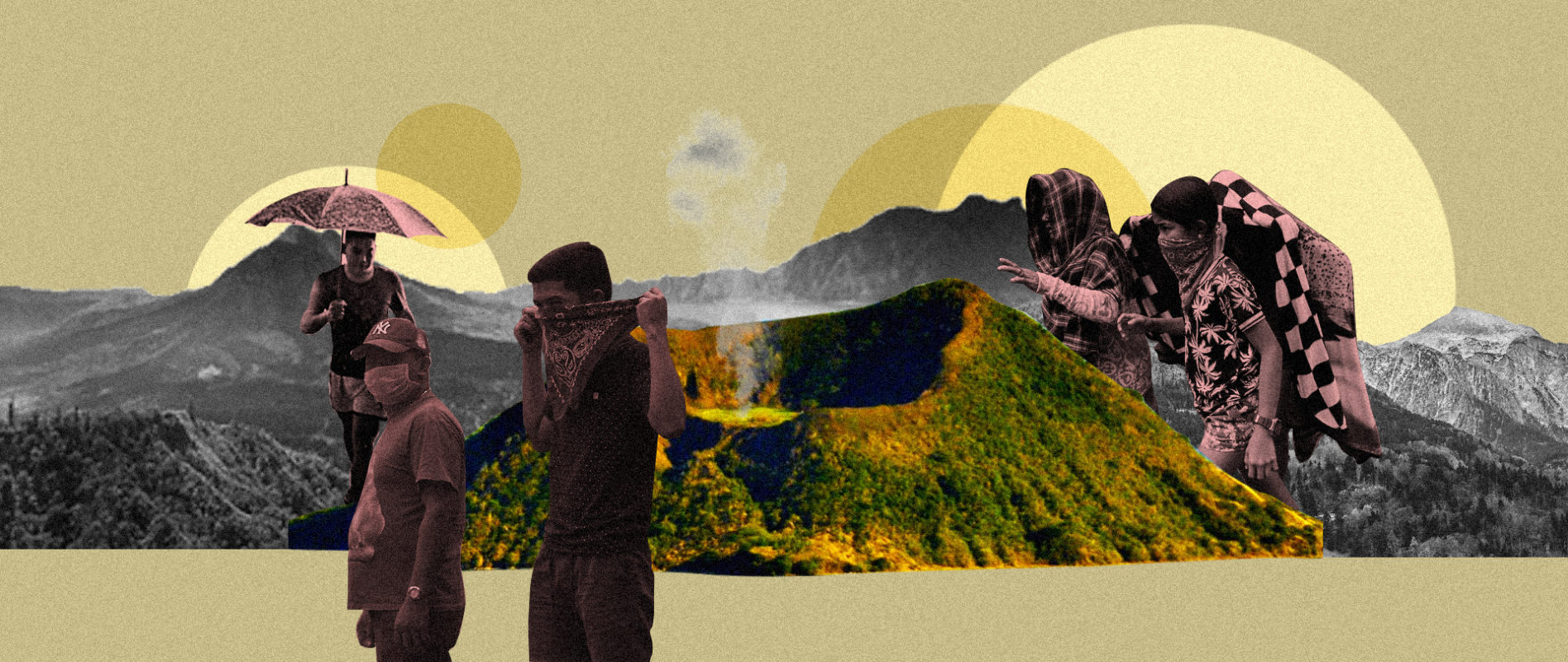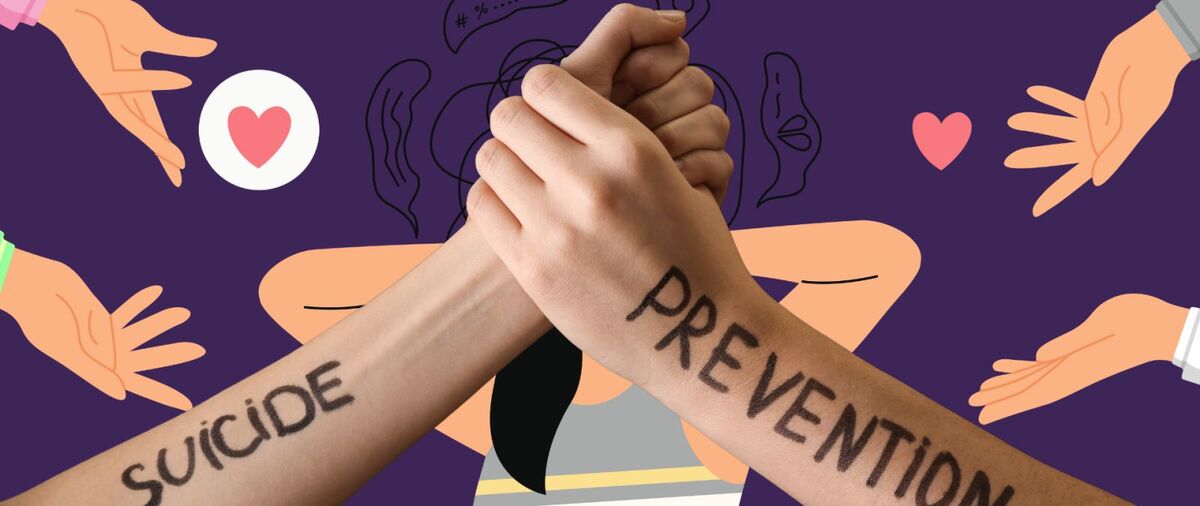IT’S 2020 ALL OVER AGAIN–TAAL VOLCANO HAS JUST BEEN RAISED TO SECOND ALERT LEVEL
One of 2020’s biggest challenges was the eruption of Taal volcano. Homes were buried and people’s livelihood were damaged. That’s why when PHILVOLCS raised the volcano’s alert level this year, flashbacks of the tragedy hit us like a ton of bricks.
Nobody could forget the eruption of the Taal volcano in 2020. The aftermath of the event can be seen in homes that were shattered, animals that were buried alive, lives that were lost, and sources of livelihood that were crushed.
That is why when the Philippine Institute of Volcanology and Seismology (PHILVOLCS) raised the status of Taal Volcano in Batangas from Alert Level 1 to Alert Level 2 on Tuesday morning, March 9, many people were reminded of last year’s tragedy.
Alert Level 2 was raised due to “increasing unrest,” coming from Alert Level 1’s “low level of unrest.”
“This means that there is probable magmatic activity that may or may not lead to an eruption,” PHIVOLCS said in its morning advisory.
“At Alert Level 2, evacuation is not yet recommended. However, the public is reminded that Taal Volcano Island is a Permanent Danger Zone and that entry into TVI, especially the vicinity of the Main Crater and the Daang Kastila fissure, must remain strictly prohibited,” the agency explained.
Disaster preparedness
Dealing with volcanic eruptions is unlike any other. Volcanologists can predict eruptions but they could not predict earthquakes that come after it.
The following are few of the tips to consider in preparing for Taal’s possible eruption.
- People living in Taal’s 14-kilometer danger zone or its nearby areas like Batangas and Cavite must immediately evacuate after official announcement from the local government.
- An emergency kit must always be nearby. The kit must include basic needs such as easy-to-open goods; water; windup radio; vitamins and medicine; wet wipes; toothbrush; important documents; duct tapes, safety pins; whistle; blanket; pieces of clothing; rope, gloves and goggles for rescue; lighters and waterproof matches; pocket knife; and a list of emergency contact numbers.
- Pack extra face masks in case ash fall reaches your area. According to experts, the most ideal face masks are the P1, P2, and P3 masks, also known as dust masks that can often be seen in construction sites. The N95 masks are also advisable as they block 95 percent of tiny particles that may harm your lungs.
- Always keep a mobile phone in your hand to contact emergency hotlines and to maintain connection with your family or loved ones.
- In the middle of the explosion, a nice sturdy shelter can protect you from the earthquake that usually comes after volcanic eruptions.
In case of an emergency, here is a list of hotlines you can call:
- National Emergency Hotline – 911
- Philippine National Police – 117
- PHIVOLCS – (02) 8426-1468 to 79
- Philippine Red Cross – 143 or (02) 8790-2300
- Bureau of Fire Protection (BFP) – (02) 8426-0246
- National Disaster Risk Reduction And Management Council – (02) 8911-5061 to 65 local 100
In the end, no one could fully prepare for disasters as big as the Taal volcano eruption. But it is always wiser not to let our guards down. We should also be reminded to refrain from judging those who could not leave the area immediately, as some of them may have livelihood assets to protect.














